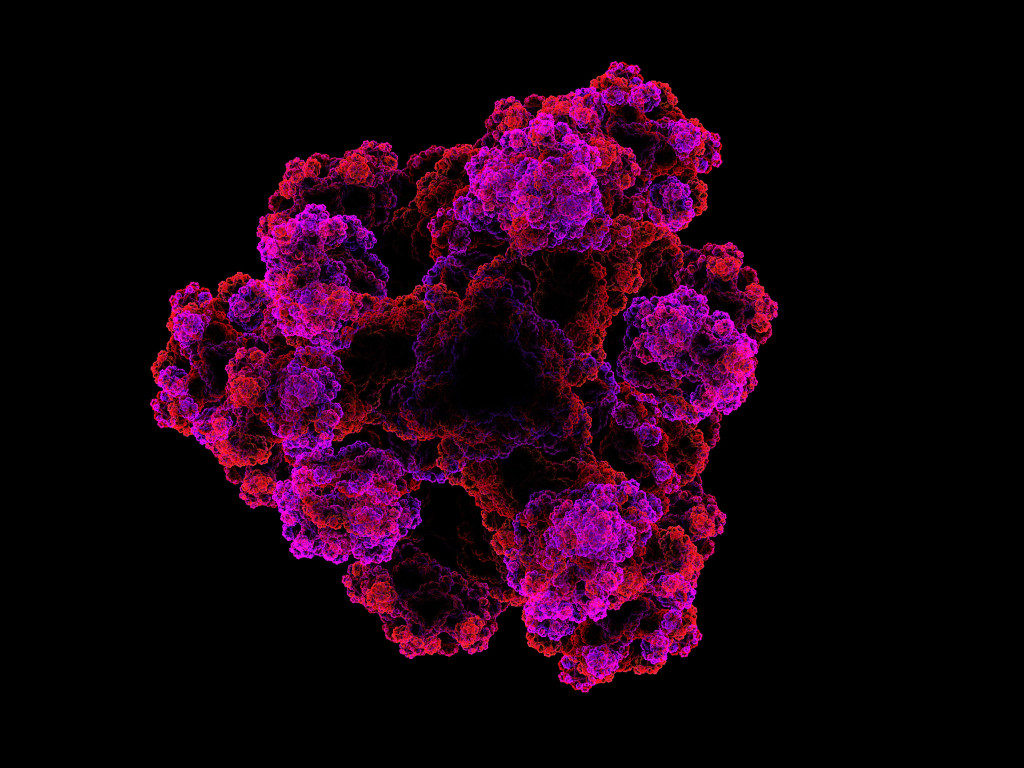Highlights
- •Identified an allosteric pocket at the CDC42/RHOJ effector interaction interface
- •Used in silico methods to identify and optimize ARN22089, which binds to CDC42
- •ARN22089 has broad anti-cancer activity and inhibits MAPK and S6 signaling
- •ARN22089 inhibits tumor angiogenesis in vitro and tumor growth in vivo
Summary
CDC42 family GTPases (RHOJ, RHOQ, CDC42) are upregulated but rarely mutated in cancer and control both the ability of tumor cells to invade surrounding tissues and the ability of endothelial cells to vascularize tumors. Here, we use computer-aided drug design to discover a chemical entity (ARN22089) that has broad activity against a panel of cancer cell lines, inhibits S6 phosphorylation and MAPK activation, activates pro-inflammatory and apoptotic signaling, and blocks tumor growth and angiogenesis in 3D vascularized microtumor models (VMT) in vitro. Additionally, ARN22089 has a favorable pharmacokinetic profile and can inhibit the growth of BRAF mutant mouse melanomas and patient-derived xenografts in vivo. ARN22089 selectively blocks CDC42 effector interactions without affecting the binding between closely related GTPases and their downstream effectors. Taken together, we identify a class of therapeutic agents that influence tumor growth by modulating CDC42 signaling in both the tumor cell and its microenvironment.







